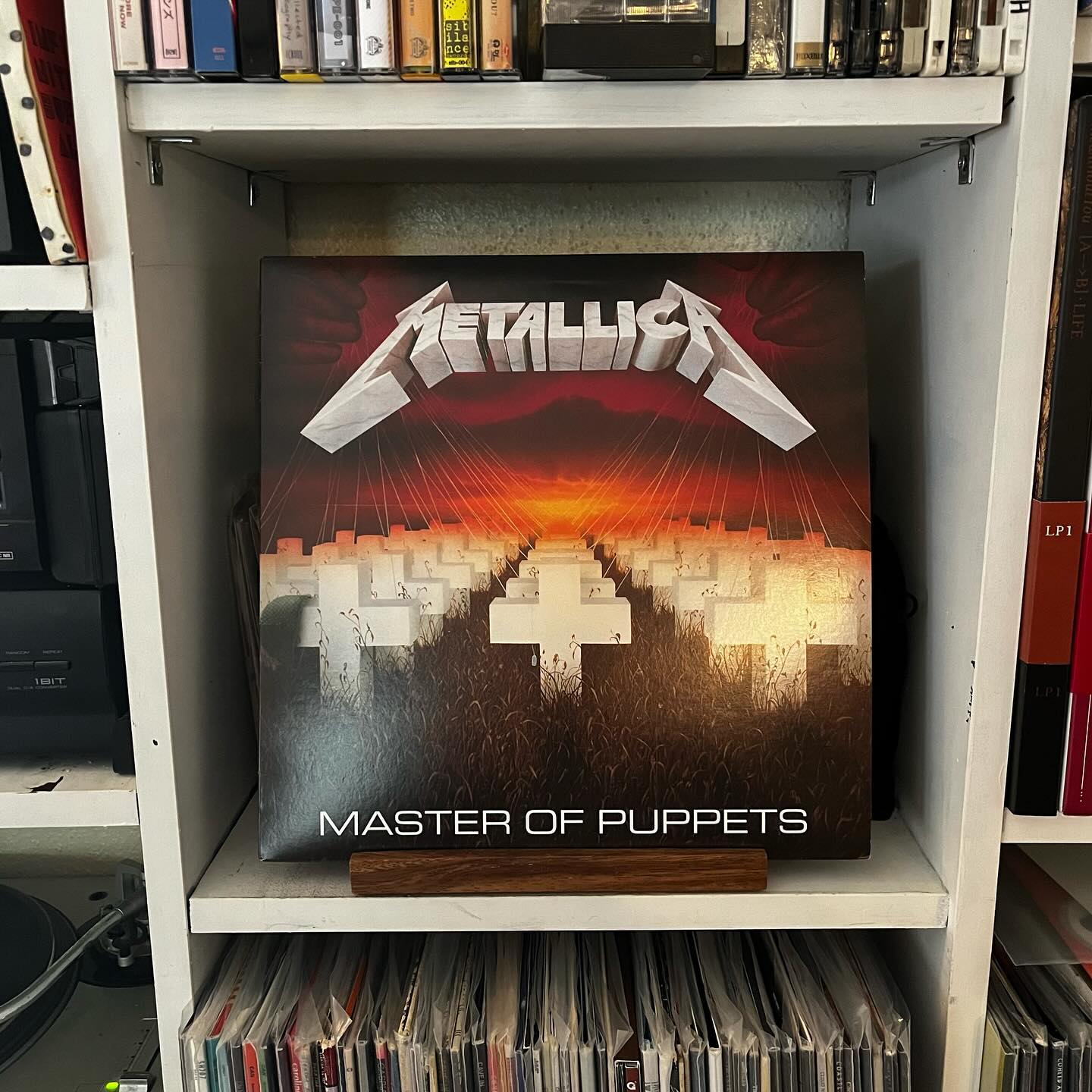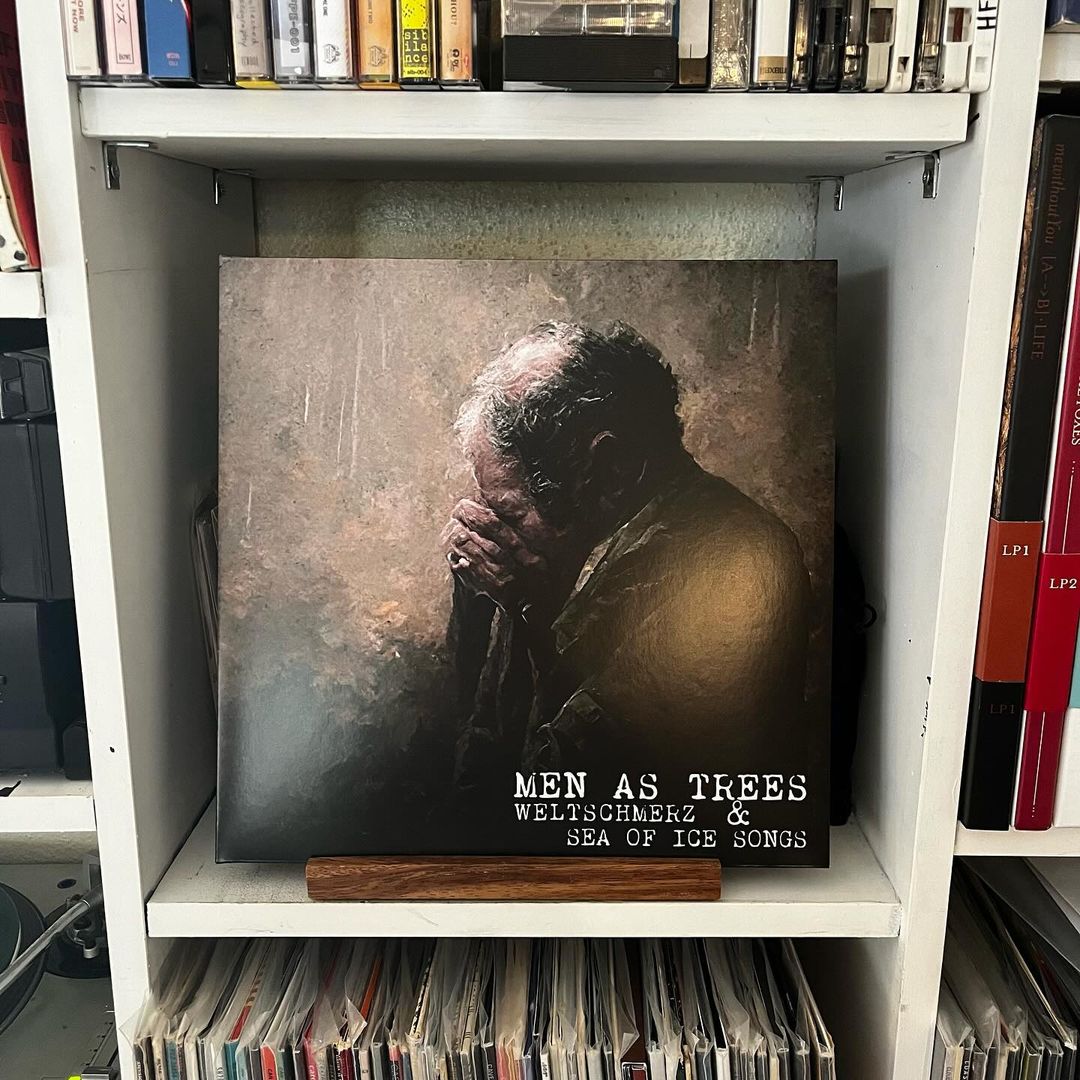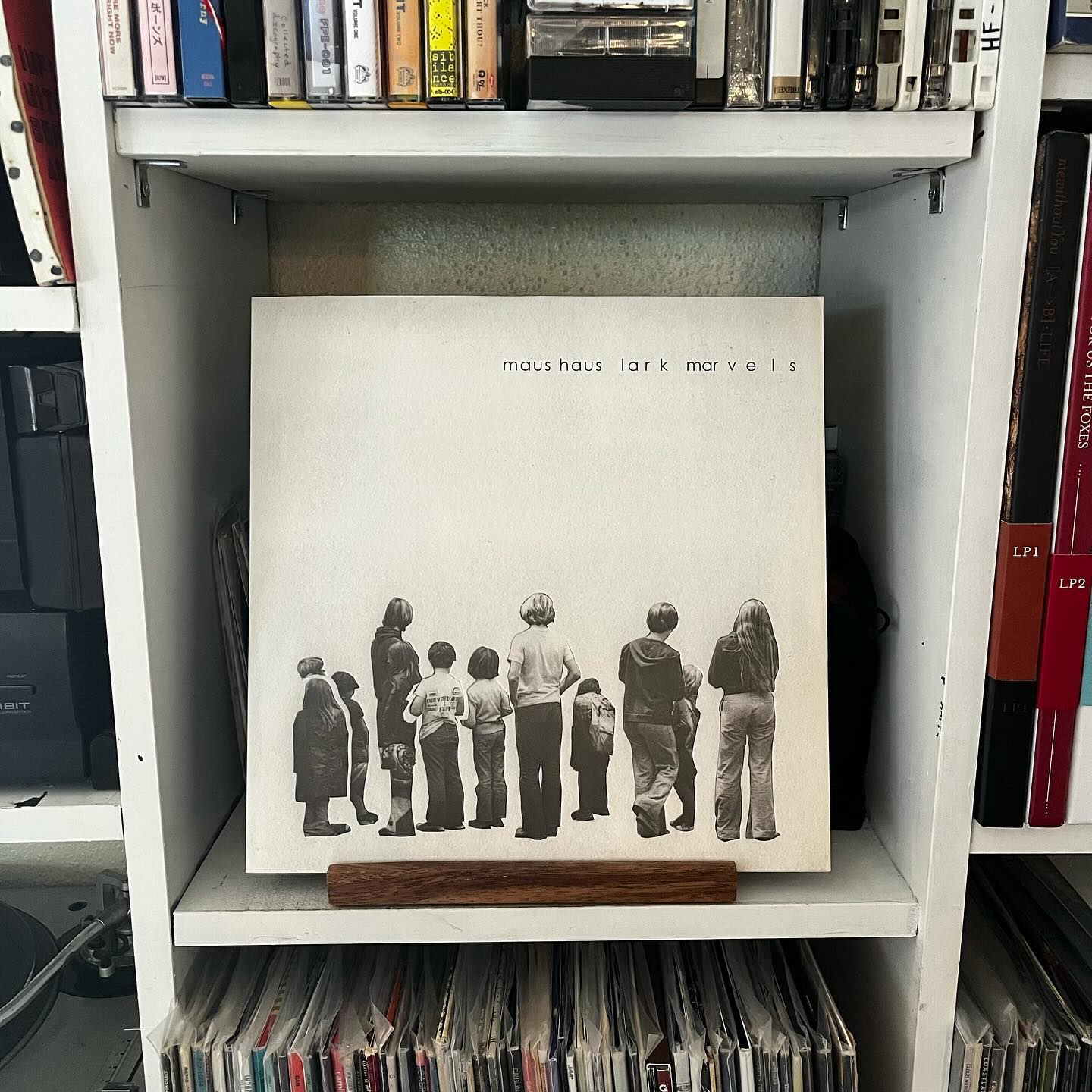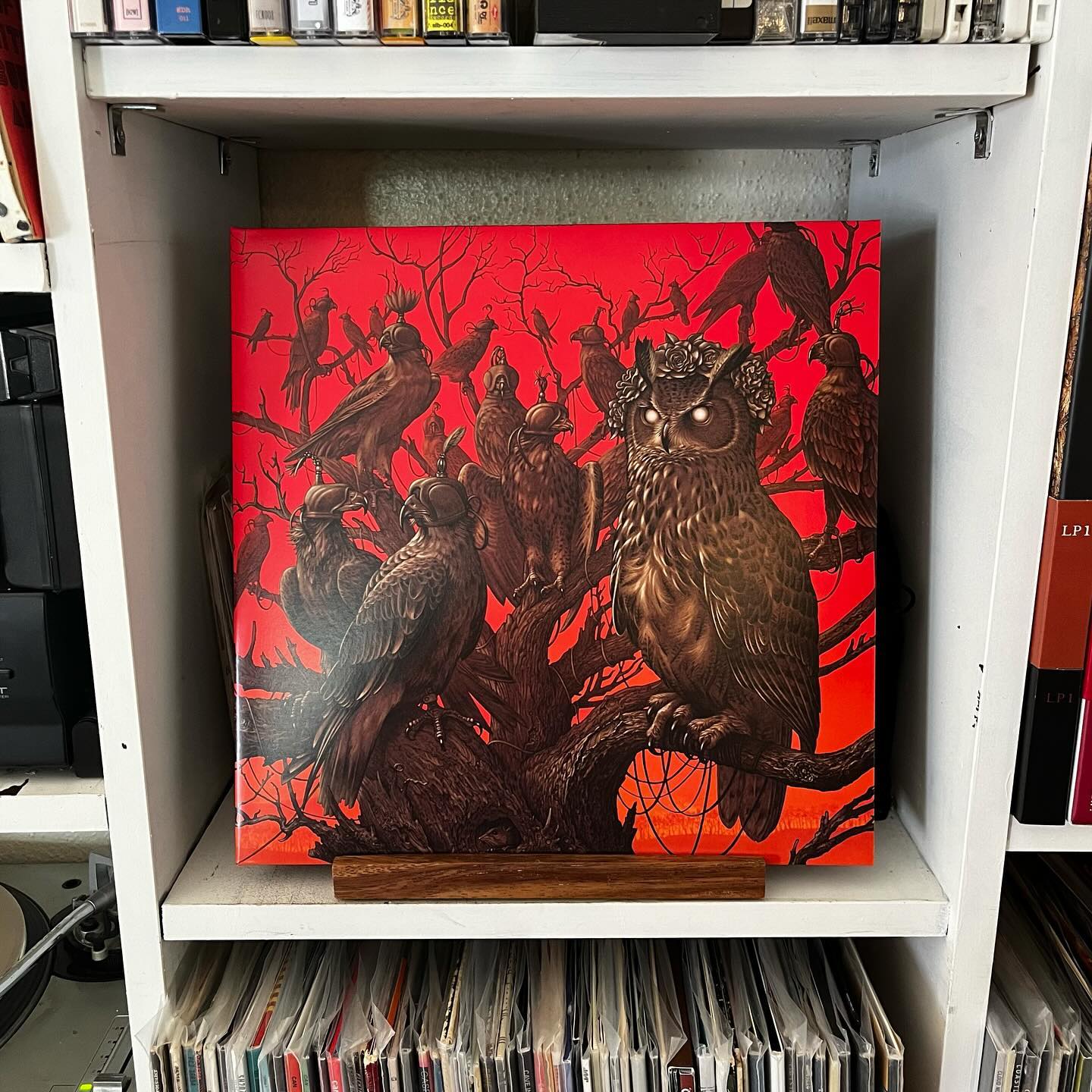
As a music fan in the pre-streaming era, one of the best tools at your disposal was the back catalogs of your favorite record labels. And as a youth group kid in the early 2000s, I was naturally a huge acolyte of the Christian punk label Tooth & Nail Records.
As a fan of bands like Further Seems Forever, mewithoutYou, and Stavesacre though, there were some surprises waiting in their back catalog. The label was a surprising hotbed of shoegaze, lo-fi, and dreampop in the ’90s. Punk acts like MxPx and Ghoti Hook were labelmates with bands like Mike Knott, Starflyer 59, and Morella’s Forest. These last two bands would be my entry point into shoegaze, years before I had the language for it.
 For the better part of the last decade, I have been the frontman for a ska punk band called
For the better part of the last decade, I have been the frontman for a ska punk band called 

 As I’ve written before, I have mostly ignored skramz until I just recently discovered that there’s actually a lot of skramz that I
As I’ve written before, I have mostly ignored skramz until I just recently discovered that there’s actually a lot of skramz that I  For one brief and wonderful period in the early days of the Millennium, indie rock merged together with ’60s psychedelic and ’90s lo-fi to create a fearless and fresh sound that lived somewhere between synthpop, jangle pop, and dance punk. MGMT were certainly the standard bearers of the movement, but its territory stretched from Grizzly Bear to Animal Collective. Heck, even
For one brief and wonderful period in the early days of the Millennium, indie rock merged together with ’60s psychedelic and ’90s lo-fi to create a fearless and fresh sound that lived somewhere between synthpop, jangle pop, and dance punk. MGMT were certainly the standard bearers of the movement, but its territory stretched from Grizzly Bear to Animal Collective. Heck, even 
 Jazz is a difficult realm for completionists—especially when you’re dealing with cats like Miles Davis. Jazz players were notorious for recording everything, and almost all of those records have something notable to justify collecting it. But there’s so much to sort through.
Jazz is a difficult realm for completionists—especially when you’re dealing with cats like Miles Davis. Jazz players were notorious for recording everything, and almost all of those records have something notable to justify collecting it. But there’s so much to sort through.
